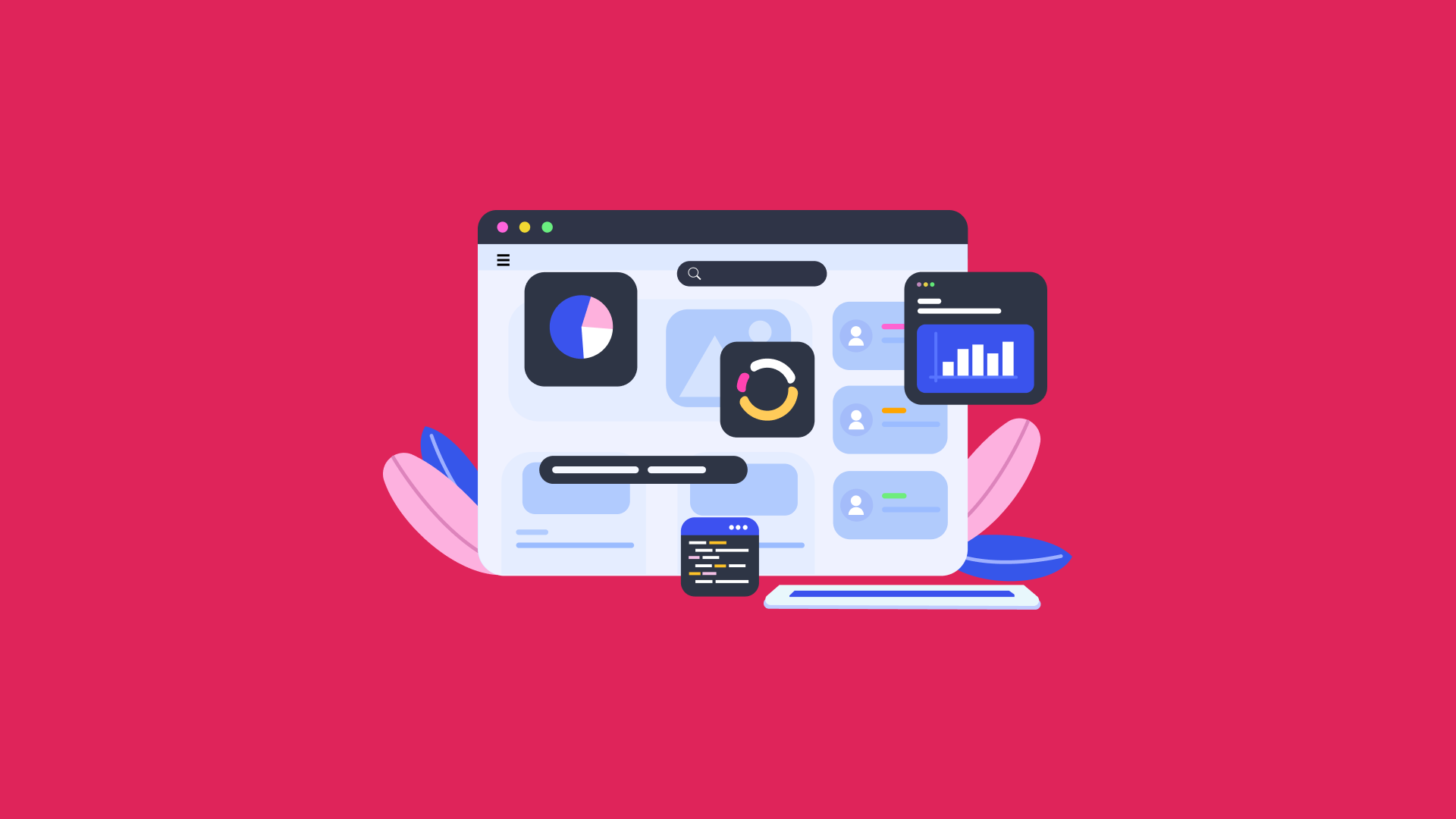Artificial Intelligence Upcoming Trends In 2023
Mar 19, 2023 9907 seen
Artificial Intelligence Upcoming Trends
Artificial intelligence (AI) is a rapidly evolving field that is constantly bringing new innovations and trends. Several world-changing artificial intelligence innovations, such as ChatGPT, have already been published and used successfully.
As we head into 2023, there are several exciting trends to watch out for that could potentially shape the future of AI. Ultimately, it is impossible to predict the specific innovations that will occur in the future, but based on current trends and developments, we can expect that AI will continue to advance and have a significant impact on a wide range of industries and applications.
Here are the top 10 AI trends for 2023:
-
Explainable AI (XAI): Explainable AI is an emerging field that focuses on developing AI systems that can explain their decisions and actions in a way that is understandable to humans. In 2023, we can expect to see more emphasis on developing AI systems that are transparent and can be audited for bias and other issues.
-
AI-powered automation: AI-powered automation is the use of AI to automate tasks that are traditionally done by humans.
-
Edge computing: Edge computing involves processing data closer to the source of the data, rather than sending it to a centralized location for processing. In 2023, we can expect to see more AI systems that use edge computing to improve speed and reduce latency, particularly in applications such as autonomous vehicles and industrial automation.
-
Generative AI: Generative AI involves using AI to create new content, such as images, videos, and music. AI-powered customer service: AI-powered customer service involves using AI to automate customer service tasks, such as answering frequently asked questions and handling customer complaints.
-
Natural language processing (NLP): Natural language processing involves using AI to understand and interpret human language.
-
AI-powered healthcare: AI-powered healthcare involves using AI to improve healthcare outcomes, such as predicting and preventing diseases, diagnosing illnesses, and developing personalized treatment plans.
-
Federated learning: Federated learning involves training AI models using data that is distributed across multiple devices, without needing to centralize the data in one location. We can expect to see more AI systems using federated learning to improve privacy and security, particularly in applications such as finance and healthcare.
-
AI-powered cybersecurity: AI-powered cybersecurity involves using AI to detect and prevent cyber-attacks.
-
AI ethics: AI ethics involves developing ethical principles and guidelines for the development and use of AI.
Artificial Intelligence Innovations Risk To Consider
Here are some of the risks that could arise from AI innovations in the future:
-
Job displacement: AI innovations have the potential to automate many jobs, which could result in significant job displacement in some industries. This could lead to widespread unemployment and economic disruption.
-
Bias and discrimination: As mentioned earlier, AI systems can replicate biases and stereotypes in their outputs if they are trained on biased data. This could result in discriminatory outcomes, particularly in areas such as hiring, lending, and criminal justice.
-
Security and privacy: As AI systems become more sophisticated, they may pose a greater risk to security and privacy. For example, AI-powered cyberattacks could be more sophisticated and difficult to detect.
-
Dependence on technology: As we become more reliant on AI systems, we may become increasingly dependent on technology for decision-making, which could lead to a loss of autonomy and agency.
-
Control and regulation: There is a risk that AI innovations could be developed and deployed without proper regulation and oversight, which could result in unintended consequences or abuses of power.
-
Existential risk: There is a possibility that AI innovations could ultimately pose an existential risk to humanity if they are developed without appropriate safeguards or if they are misused. For example, if an AI system were to become superintelligent and pursue goals that are not aligned with human values, it could pose a significant risk to our survival.
Overall, while AI innovations have the potential to bring many benefits, it is essential to be aware of the potential risks and challenges associated with these technologies. By addressing these risks and developing appropriate safeguards, we can ensure that the benefits of AI are maximized while minimizing potential harm.
In conclusion, these are the top 10 AI trends for 2023. As AI continues to evolve and mature, these trends are likely to shape the way that businesses, organizations, and individuals interact with AI and use it to improve their lives and work. By staying on top of these trends, businesses and individuals can stay ahead of the curve and take advantage of the latest AI innovations.


